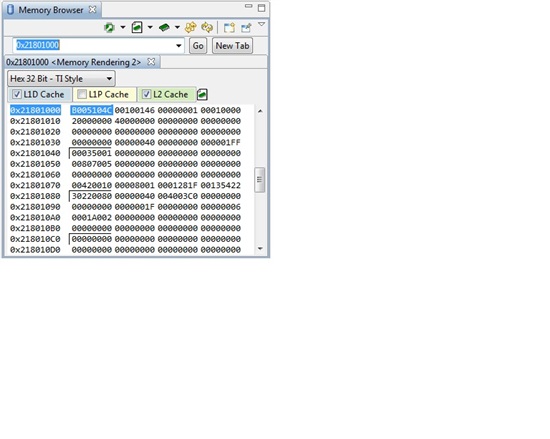Hi,
I am using C6678 dsp and PCIe interface for communicating with a FPGA. DSP is root complex and FPGA is endpoint.
I want to increase my PCIe link width from x1 to x2. What I am going to do is :
-
MAX_LINK_WIDTH bitfield of LINK_CAP register will be set to 2.
-
LNK_MODE bitfield of PL_LINK_CTRL register will be set to 3.
-
LN_EN bitfield of PL_GEN2 register will be set to 2.
also I want to increase link speed from 2.5 Gbps to 5 Gbps. What I am going to do is :
-
TGT_SPEED bitfield of LINK_CTRL2 register will be set to 2.
-
MAX_LINK_SPEED bitfield of LINK_CAP register will be set to 2.
Are these adjustments at DSP side enough for my requirements ? Are there any other register settings that I must be aware of ?
Regards,
koray.


